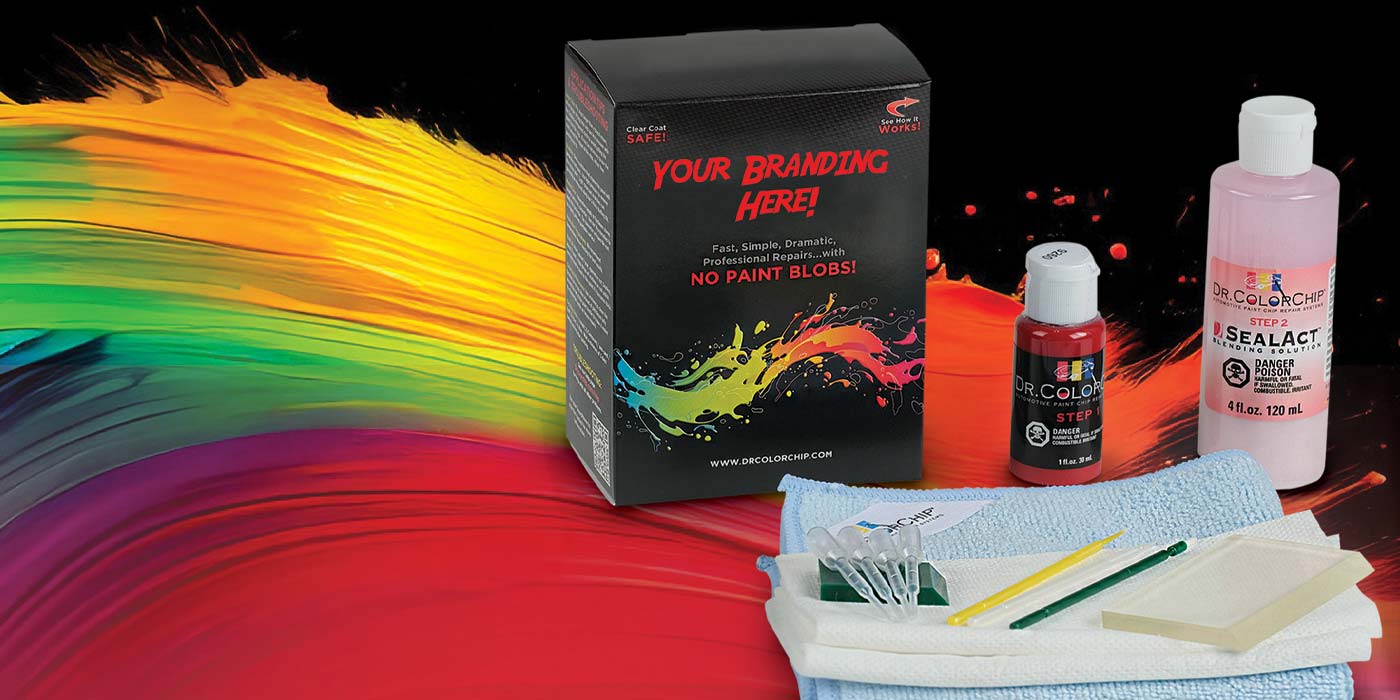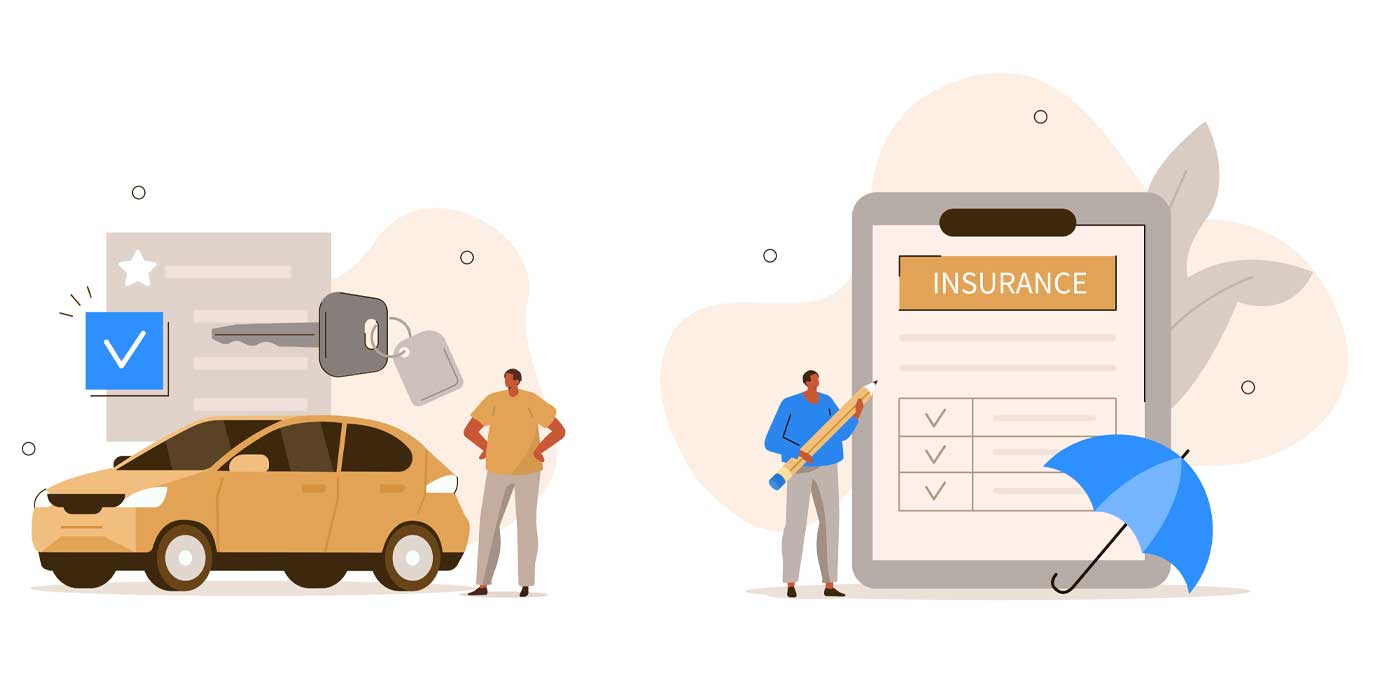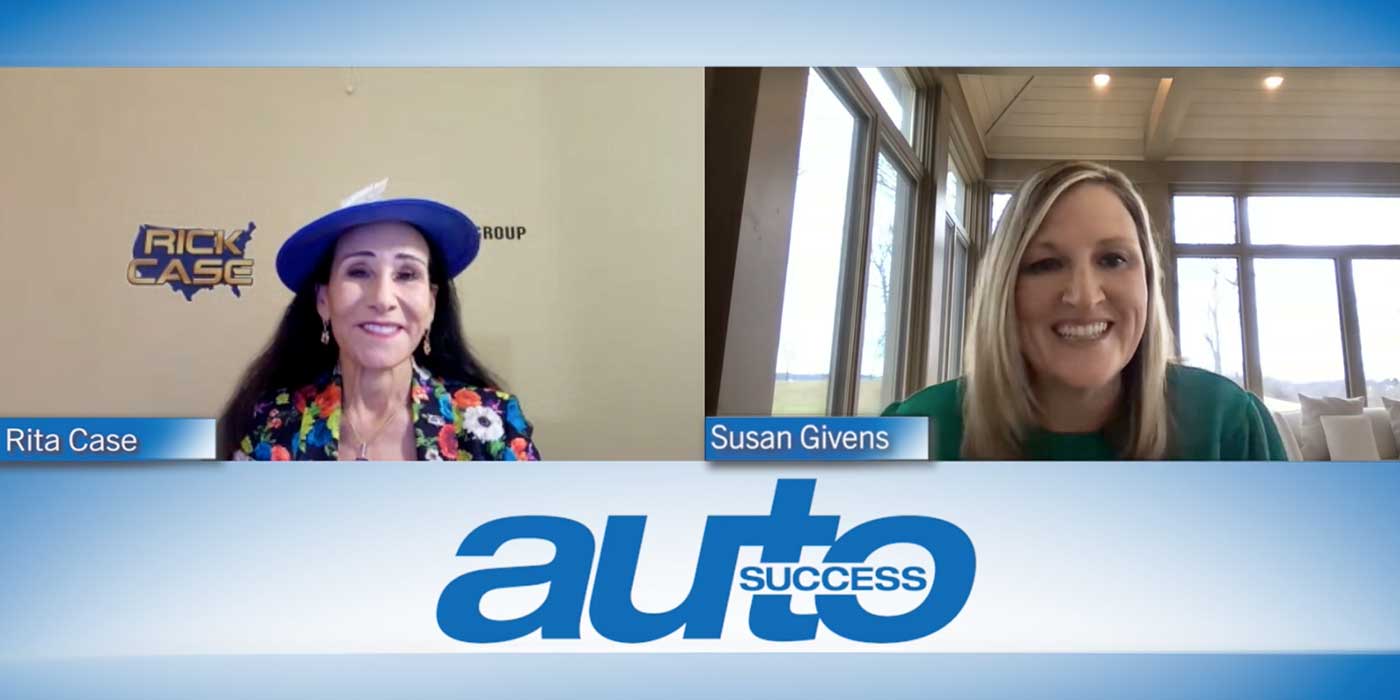…Won’t Affect Most Car Buyers, but Will Be a Problem for Credit-Challenged Consumers
Under the Illinois Predatory Loan Prevention Act, any voluntary protection product (VPP) that can be sold to both cash and credit customers is not included in calculating the Military Annual Percentage Rate (MAPR). Traditional owner protection products, such as vehicle service contracts (VSCs) and tire and wheel, don’t add to the MAPR. The retail cost for products and services incidental to the granting of credit — principally GAP and credit life insurance within our market segment — are included in the MAPR calculation.
With new vehicle finance rates running between 3% to 10%, the margin between the cost of credit for a vehicle purchase and the addition of GAP coverage should fall well under the 36% threshold. The following calculations show the difference between the APR and MAPR formulas in an average transaction.
APR vs MAPR
$30,000 for vehicle, $1,000 GAP contract, 60 months
TILA APR
Amount financed $31,000.00 (includes GAP)
Finance charge $2,421.80
Payment $557.03
APR 3%
Illinois MAPR
Amount financed $30,000.00
Finance charge $3,421.00 (includes GAP)
Payment $557.03
MAPR 4.3341%
For higher credit-risk buyers, as the cost of credit for financing the vehicle inches toward the 36% threshold, the feasibility of purchasing GAP or credit life diminishes. The need for GAP protection is typically lower or nonexistent for used-vehicle purchases financed by dealer-originated installment contracts. The new Illinois law will impact Buy Here/Pay Here dealers most.
The state’s focus on fair dealings with consumers mirrors the scrutiny of regulatory agencies in other states and at the federal level. The Federal Trade Commission and Consumer Financial Protection Bureau will be ratcheting up their investigations into unfair treatment of car buyers, particularly in the area of VPPs and dealer markup.
To understand where they’re coming from, we need to look at vehicle sales from the regulator’s perspective. We live in a world, for the most part, inhabited by satisfied customers. The regulators exist in a world of worst-case scenarios on two planes. The first is constant exposure to the most egregious betrayals of consumer trust. The second is the sheer number of complaints.
The total number of vehicles changing hands in 2019 was a staggering 56,868,602 units, based on the Association of Finance and Insurance Professionals (AFIP) figures compiled in consultation with the National Independent Automobile Dealers Association (NIADA). That number breaks down into 30% franchised dealer new vehicle sales, 26% franchised dealer used-car sales, 25% independent used-car dealer and Buy Here/Pay Here operator sales, and an estimated 19% private-party sales.
It often appears that the regulatory agency data released to the public is based on the total number of complaints registered for all vehicle marking venues, along with the full spectrum of complaints. In my view, dealers and consumers would be better served if both the number and nature of the complaints were reported to the public by industry segment. The more precise the data, the easier it is for operators within each vehicle marketing category to take remedial action.
The 36% MAPR ceiling in Illinois may be a harbinger of things to come. But it’s just one regulatory action that may be implemented to correct perceived unfair practices in the F&I office. Since VPPs are on the regulators’ radar, now is the time to conduct an analysis of your product pricing and policies — before they do. Are the retail prices commensurate with the value received?
The objective is to only offer products that provide customers with the biggest bang for their buck. A quick test for the value of these products to the consumer is the number of claims actually filed against the number of units sold — proof that a bona fide risk of loss actually occurs.
So, oddly enough, products with a high loss ratio provide the greatest consumer benefit, based on the amount paid for the coverage. The caveat is that there aren’t more claims paid than the premium dollars allocated to cover the risk, or the program will fail or require a significant rate increase. Your high-claims-loss products are your friends. Cull any low-loss products.
Now is the time to get proactive with your VPP program compliance. The NADA/NAMAD/AIADA Voluntary Protection Products: A Model Dealership Policy is a great place to start.














